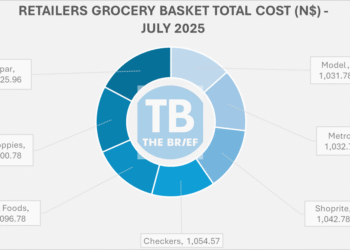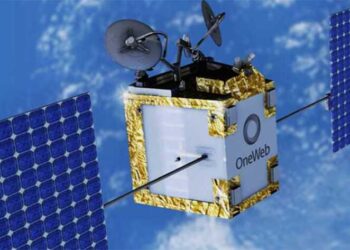Madison Metals says it is gearing up for a significant uranium exploration venture in Namibia as it is set to advance its plans to develop its flagship uranium assets in Namibia.
The expansion project was made possible through the initial funds realised from the company’s forward sales agreement.
Duane Parnham, Madison Metals’ Executive Chairperson and CEO, expressed the company’s unwavering commitment to this mission and emphasised the importance of the company’s recent strategic initiatives and operational capabilities.
“To achieve this objective and establish a sustainable presence in Namibia, Madison has set up a fully integrated field geological office and infrastructure, supported by full-time staffing. This strategic move strengthens Madison’s operational capabilities and reaffirms its dedication to advancing exploration, drilling and development activities in the country,” says Parnham.
The company is preparing for an upcoming reverse circulation drilling campaign focused on Area 3 North and South, located within Exclusive Prospecting Licences 8531, where Madison holds an undivided 85% interest.
Parnham notes that this drilling programme aims to identify additional mineralisation in both areas, as they remain open in all directions.
“The 4,800-metre RC drilling programme encompasses deeper holes, in-fill holes at tighter spacing, and some step-out holes. Borehole depths range from 60 to 240 metres. Calibrated gamma probe-derived equivalent uranium results are announced regularly throughout the programme and guide drill hole collar placement,” explains Parnham.
The CEO says his drilling programme represents a significant step towards expanding the resources at Area 3. Madison is also considering acquiring additional historical drilling data related to EPL-8531 to enhance its understanding of the region’s potential.
Alongside the drilling campaign, Madison has entered into a contractual agreement with SRK Consulting to update the technical report, initially dated November 2015.
He says this update incorporates new data from the drilling campaign and applies the latest economic parameters, refining the new overall resource estimation on Area 3 North and South assessment.
Market Dynamics
 Parnham notes that a significant shift in spot prices has improved the economic feasibility of mining Namibian uranium deposits, rendering it a more attractive proposition for their ongoing efforts.
“In November 2015, the spot price of uranium stood at approximately US$36 per pound. This price point persisted until September 2021 when the spot market embarked on an upward trajectory, reaching its current price of US$69 per pound,” he says.











